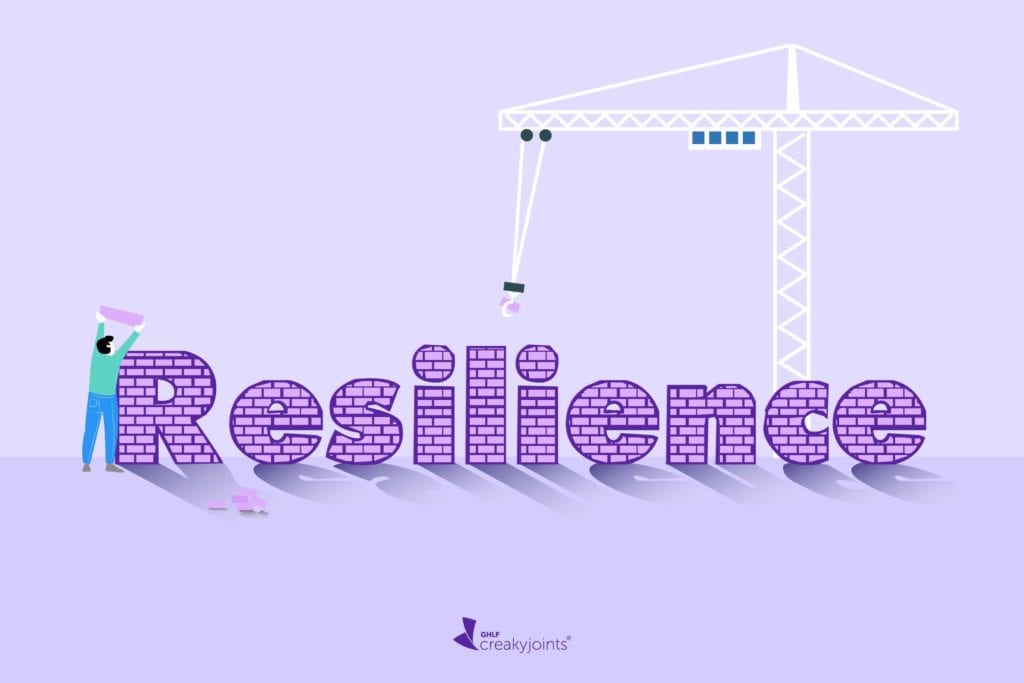

Recently a client asked me about being resilient.
“I don’t really know what that means,” she said. “I’m trying to stay positive and keep going — is that resilient?”
I assured her that it was. And I realised that many of us use that word, but aren’t clear what we need to do or be in order to cultivate resilience.
Resilience is created by a set of belief, attitudes and practices. It is not something we are born with. Rather, resilience is an accumulation of how we think and act over a period of time. It is something we can build up (like a bank account) and something we can spend down (like trying to live through a pandemic or managing the daily work of living with chronic illness).
Most of us have spent down our resilience stores over the past weeks, and some of us have had to spend ours down for a lot longer than that.
So, the real question is: How do we build resilience back up? Especially when we are tired and stressed?
A recent Harvard Business Review issue had an article on resilience that identified three primary practices that can build resilience, and they seem practical and doable, even — or especially — in these times.
1. A Commitment to Something Beyond Yourself
Have a reason to get up in the morning. Have someone or something that gives you a sense of purpose and draws you out into action and maybe even fuels hope. It can be a person, a pet, a job or even your plants. It can be your creative pursuits, your friends, your dedication to a cause. That commitment helps you build your resilience.
2. Radical Acceptance of What is
This is, of course, more challenging. Whether your illness, this time in history or whatever feels not fair in life — what does it mean to accept it? This does not mean passive submission to injustice or the hand we’ve been dealt, but it does mean we say, “OK. This is what is. How do I live with it? How do I work with it so it doesn’t crush me?”
The radical (root) acceptance is not to rage against what we cannot change, but to live into the reality and see where it takes us. When we can live into this attitude, it will support our resilience.
3. The Ability to Improvise
The article called this a hallmark of resilience, which intrigued me. I hadn’t heard this before in the top three. Yet it makes so much sense. Think of all the ways you have improvised since your diagnosis. You have learned workarounds with your schedule, with your ability to exercise, with work, with relationships — you are always making it up as you go.
Sometimes that feels like a drag. I have to figure out how to do this — again! But what if you could reframe this as a creative act, an improv. Improvising invites you to remember again that you can make it work. You are creative and resourceful. That is resilience.
Continue to add to your resilience reserves. You’ve got this.
Keep Reading
- Managing Exercise, Diet, and Stress
- Reassessing Your Lifestyle
- Exercise Is Critical for My Arthritis Pain. When COVID-19 Messed Up My Regimen, Here’s How I Fixed It
- ‘Reclaiming My Identity’ While Living With Chronic Illness
- Arthritis, anxiety and me: Managing my physical and mental health
This article has been adapted, with permission, from a corresponding article by Laurie Ferguson PhD on the CreakyJoints US website. Some content may have been changed to suit our Australian audience.




